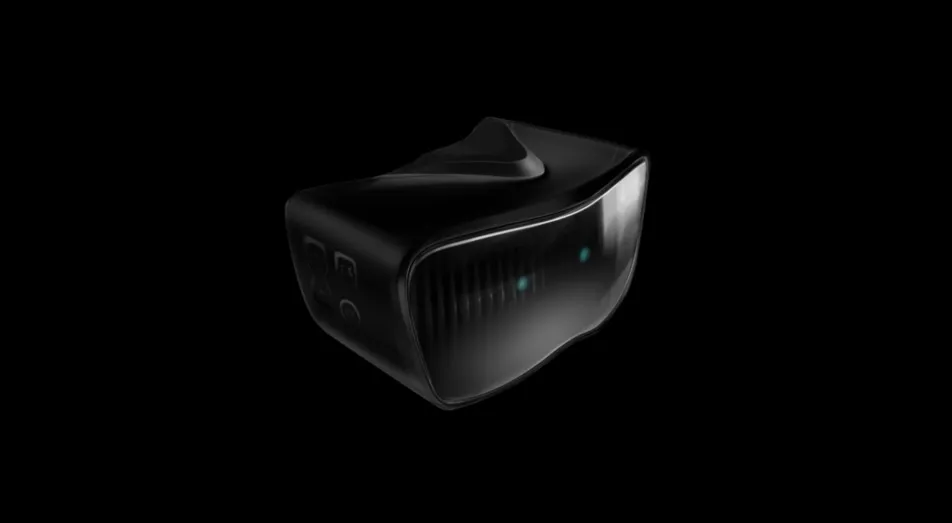You may have heard of GameFace Labs before; the VR company has actually been around for almost as long as the Oculus Rift. I even remember trying a very early built of the company’s standalone VR headset back in 2014. As VR grew from its early days to where it is now, though, GameFace drifted in and out of the spotlight and a product launch looked increasingly uncertain. This week, though, the company is taking a step forward.
GameFace yesterday launched pre-orders for the first developer kit of its upcoming headset, labeled as a head-mounted console (HMC), running on Android Nougat. The device is powered by Nvidia’s Jetson TX2 module, which the company originally designed for use with intelligent devices like drones and smart cameras. It also features two 2560×1440 OLED, low persistence displays with sub-20ms latency.
Running on Android, the headset can access experiences made for other smartphone-powered headsets like Google Cardboard, though GameFace is also supporting another major platform: SteamVR. Users will be able to tether their headset to a PC to access SteamVR content with six degrees of freedom (6DOF) Lighthouse tracking via base stations included with the kit. According to the product listing, Lighthouse tracking is also supported in standalone mode.
The developer kit comes with a 6DOF-tracked controller, too. It’s unclear how GameFace intends to let users navigate SteamVR experiences with just one controller. We’ve reached out to the company to clarify.
The kit can be pre-ordered for $599 and will start shipping to approved developers in the next few weeks. You can apply through the company’s developer portal. These developers will also get access to a software development kit (SDK) as well as a free HMC unit when it launches “later this year”. We don’t know the price of the consumer kit right now.
GameFace’s HMD presents an interesting remedy to the issue of VR accessibility versus immersion. Recent devices like Oculus’ $199 Go are affordable and easy to jump into but don’t offer the tracking or graphical fidelity of what’s available on the Oculus Rift. Rift powers more convincing VR but requires an expensive PC. By giving users the choice between the two, can GameFace make a mark on the industry?


























